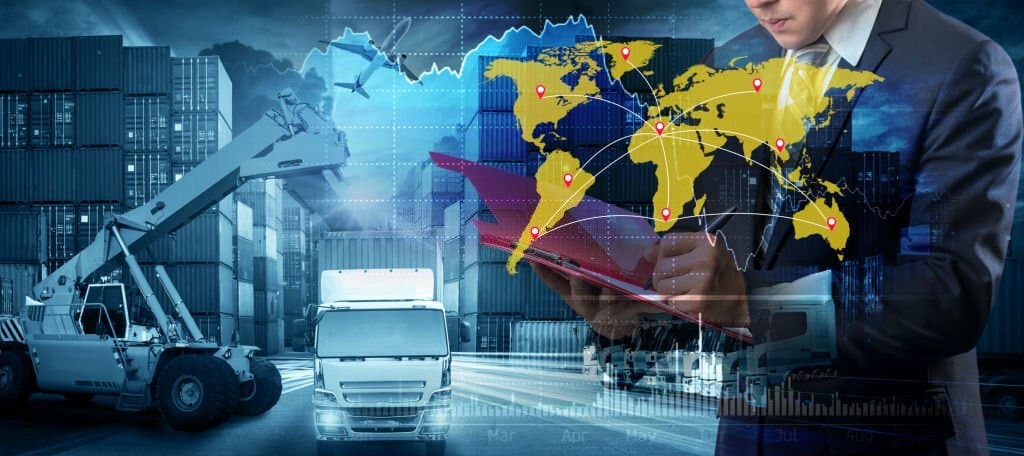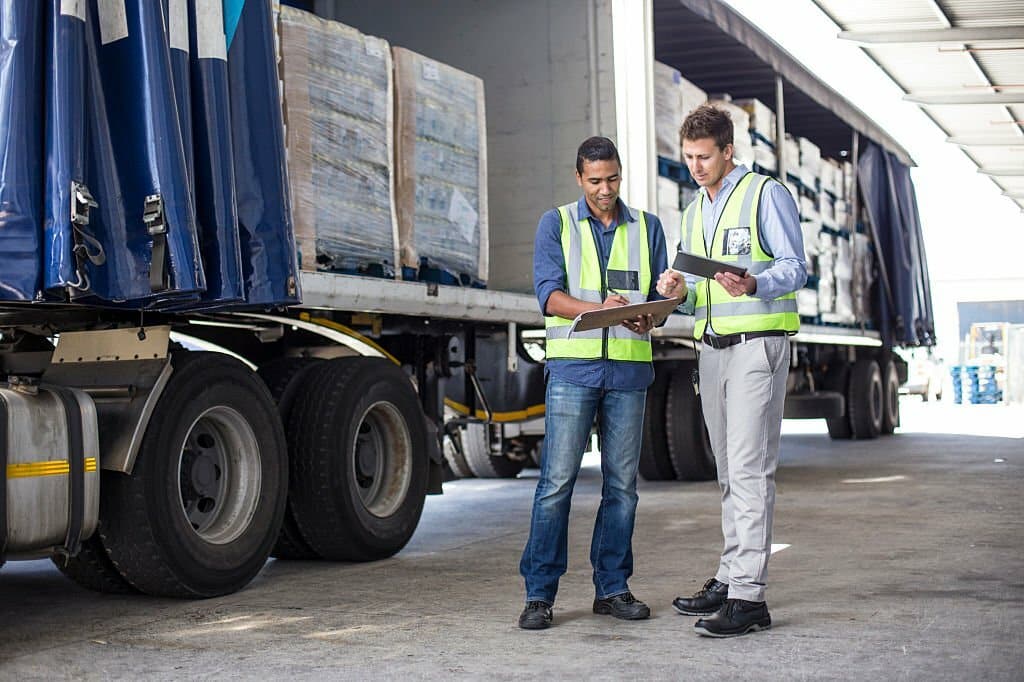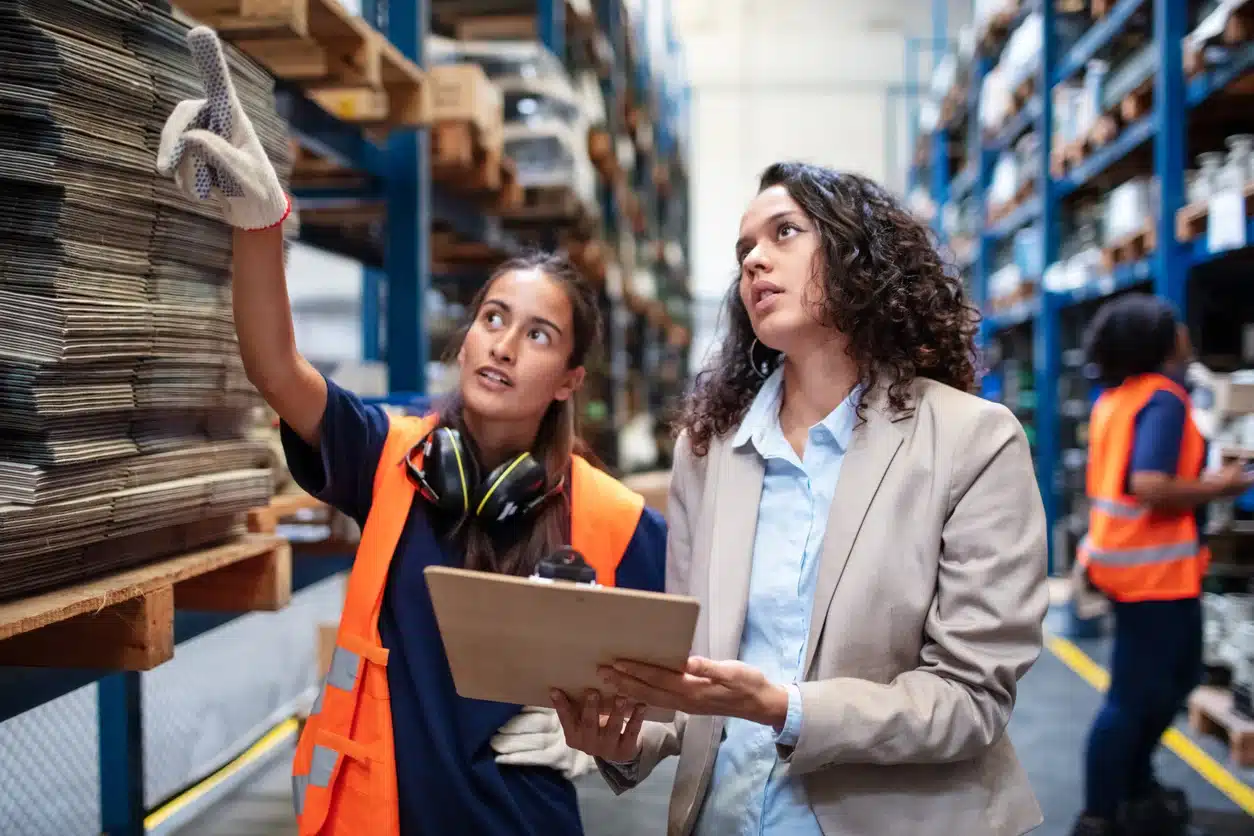In the intricate tapestry of global commerce, Transportation and Logistics stand as pivotal components, orchestrating the seamless flow of goods and services across borders. This article navigates the core concepts of transportation and logistics, exploring their definitions, differences, and the critical role they play in shaping the modern business landscape.
What is Transport and Logistics?
At its essence, transport refers to the physical movement of goods and people from one location to another. On the other hand, logistics encompasses a broader spectrum, encompassing the management of various processes involved in the supply chain. This includes storage, transportation, inventory management, and distribution – all working together to ensure the smooth flow of products.
Difference Between Transportation and Logistics
While transportation is a subset of logistics, the distinction lies in their scope. Transportation specifically focuses on the movement of goods and people, utilizing various modes such as road, rail, air, and sea. In contrast, logistics encompasses a more comprehensive approach, addressing the entire supply chain, from production to delivery.
In the era of evolving technologies and increasing interconnectedness, the synergy between transportation and logistics has become more critical than ever. The efficiency of transportation logistics not only influences the speed and reliability of product delivery but also impacts overall business performance.
As industries strive for efficiency and sustainability, the keywords transportation logistics and energy transportation logistics come to the forefront. Embracing innovative practices and technologies not only optimizes the movement of goods but also contributes to reducing the environmental footprint.
The integration of data analytics and automation is reshaping the transportation and logistics landscape. These technologies enhance route optimization, inventory management, and overall supply chain visibility. Energy-efficient transportation logistics are becoming increasingly essential, aligning with global efforts to embrace sustainable business practices.
However, as the industry evolves, challenges emerge. Congestion, environmental concerns, and the need for energy-efficient solutions are critical issues that demand attention. Striking a delicate balance between economic efficiency and ecological responsibility is paramount to the industry’s sustainable future.
Summary!
Transportation and logistics serve as the lifeline of the global economy. Their intricate dance ensures the smooth and efficient movement of goods, fostering economic growth and connectivity. As technology continues to advance, the industry must adapt, embracing energy-efficient transportation logistics to meet the demands of the future while fostering a sustainable and resilient global supply chain.



